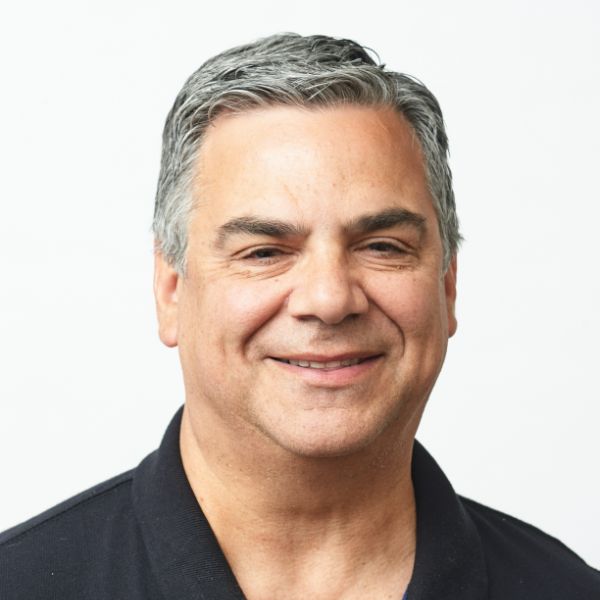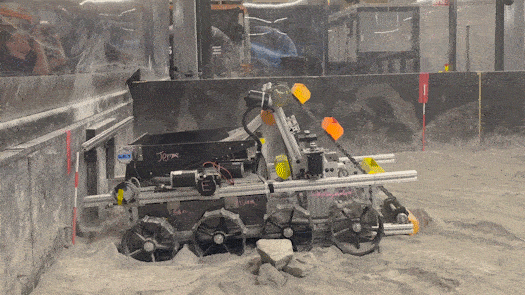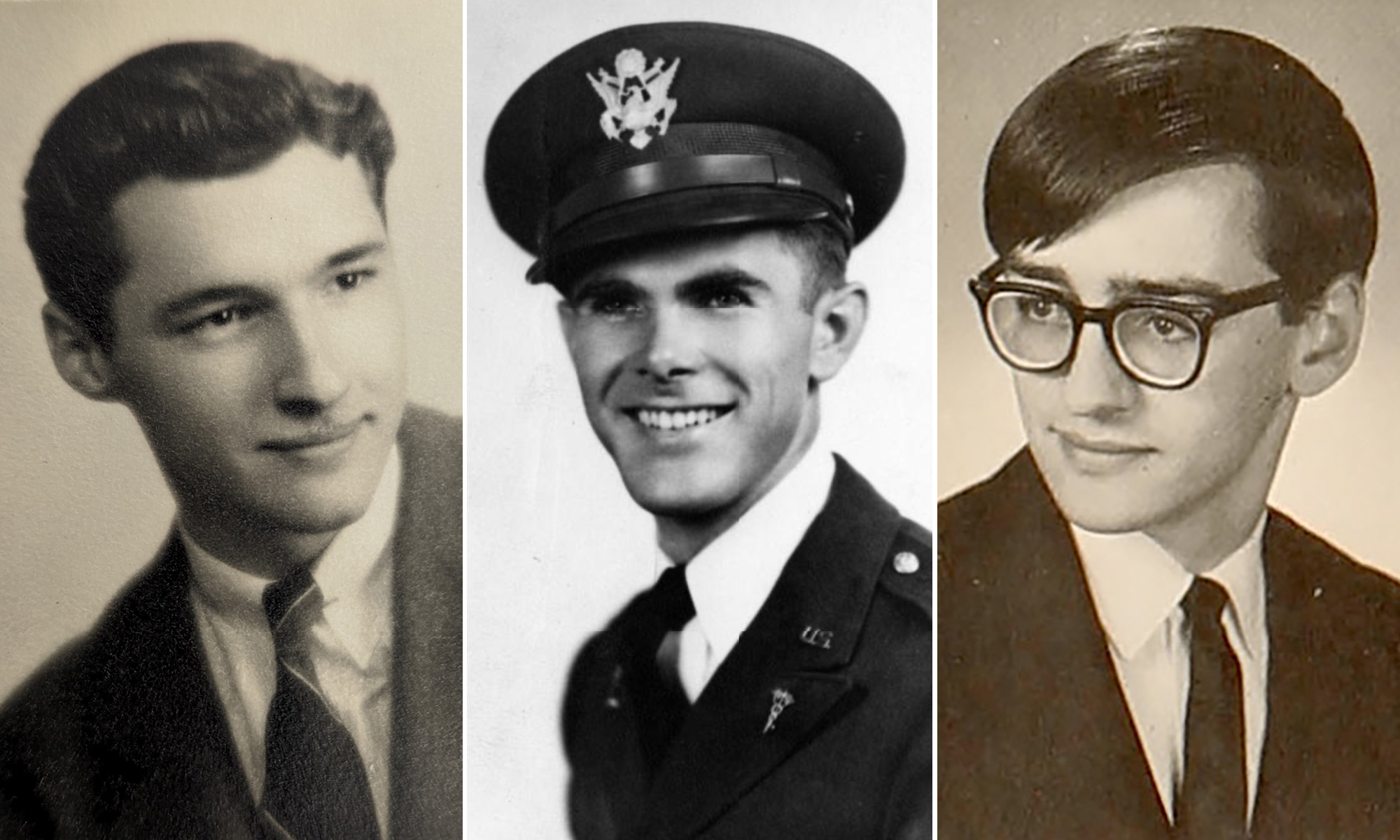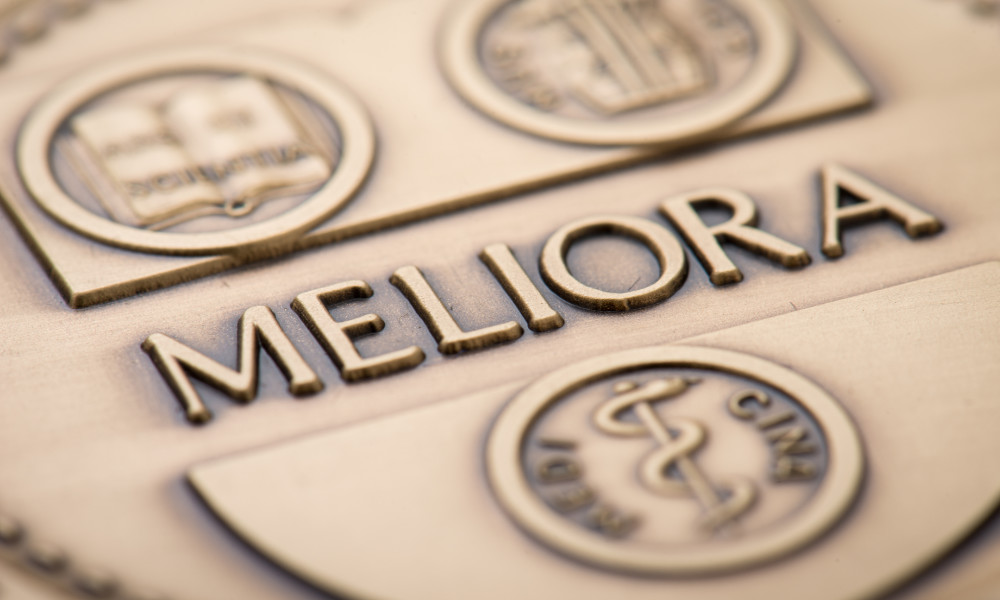The engineering professor draws from his vast experiences in the workplace to teach problem-solving mindsets.
Christopher Muir rarely teaches his students anything he hasn’t already experienced in the workplace or through his research.
“Everything I put on a slide or discuss in class is something I’ve used,” he says.
And that’s a lot. A professor in the Department of Mechanical Engineering at the University of Rochester—as well as a recipient of this year’s Goergen Award for Excellence in Undergraduate Teaching—Muir’s experience is vast. Before graduate school, he worked for a rapid prototyping startup. After earning his PhD, he was hired at Eastman Kodak Company in 1996, departing in 2014 as senior principal engineer. He spent time in all of the business units, including health imaging, commercial and government systems, film and cameras, and commercial printing.
Engineering was always a passion, but he’s had designs on working in higher education since teaching a course as a graduate student at Lehigh University in Bethlehem, Pennsylvania. Muir, who grew up in the Philadelphia and South Jersey areas, joined the University as an adjunct professor in 2001 after some friendly advice from a colleague at Kodak.
“He said, ‘You know, Chris, you have a PhD. You’re sort of obliged to teach,” Muir says. “I had always enjoyed teaching, and eventually decided to do it full time.”
Shifting career gears
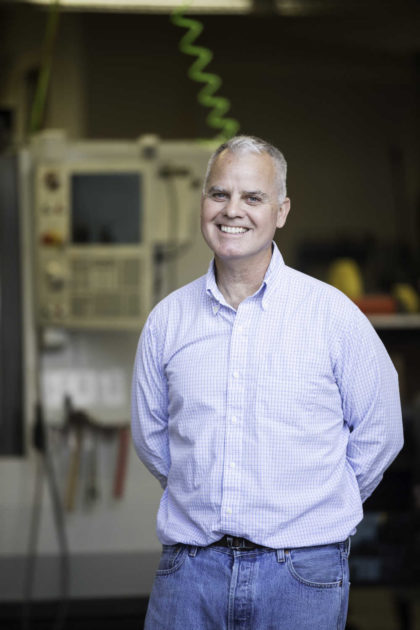
In 2014, Muir changed careers to embrace education, becoming an associate professor before being promoted to full professor in 2018.
As an educator, his primary focus has been on design with the aim of creating what he calls “challenging but safe” environments for students to explore solutions to difficult problems.
“The neat thing about being at a university as opposed to being at a company is that you can learn without penalty,” he says. “I try to give students all the information they need to execute a good design, but I also want them to explore what they want to explore. It’s not my design; it’s their design.”
Muir uses a mixed bag of teaching methods—recounting stories from his former corporate life, creating fun but demanding projects, and occasionally adding a dash of dry humor, all while sharing his love for engineering. Shifting gears doesn’t just apply to his students’ lab work: “Seventy-five minutes is a long time to sit in class,” Muir says. “You have to keep them interested. And humor can be a good educational tool.”
He creates videos for virtually all of his labs and lectures. In addition, believing that the proper tools are fundamental to good design, Muir has secured funding and space for state-of-the-art equipment and software, such as a machining and laser scanners, 3D printers, and product data management tools that would be used in the industrial field. In doing so, he has expanded the manufacturing component of the undergraduate mechanical engineering program by integrating the facilities at the Rettner Hall for Media Arts and Innovation and Taylor Hall Student Shop.
An ‘unmatched’ dedication to student learning
Muir has taught more than 2,400 students (many of whom end up taking multiple courses with him) during his eight years at the University, yet he strives to connect with all of them. Laura Slane, an assistant professor in mechanical engineering, says, “Chris’s dedication to students is unmatched.” Anna Remus ’21, a PhD candidate in mechanical engineer at Rochester, says he brings a similar commitment to his workload.
“The amount of work he puts into each project—meeting and designing senior projects with external sponsors, managing hands-on manufacturing training, and meeting students with personalized advice each week—is closer to overseeing 15 courses than just one,” Remus says. “And yet, he manages them all.” He even serves as the faculty adviser for the UR Baja SAE team, a student organization that designs, fabricates, and competes with single-seat, off-road vehicles.
Since 2014, Muir has taught the senior-level capstone design courses in the fall and spring, with typical enrollments of 60 to 85 students per year. The course in the fall semester prepares seniors to design and build prototype devices to solve real-world problems during the spring semester. As part of the course, Muir asks his students to work together to create a puzzle of 70 to 75 pieces, made from the highest quality Baltic birch plywood. The puzzle often replicates an iconic University-related image (past works include the clock tower in Dandelion Square, the crown above Rush Rhees Library, women’s rights activist Susan B. Anthony, and the University mascot dressed as an engineer). If all the pieces fit properly, the entire class receives credit. “If even one piece doesn’t fit, everyone is effected, just as in a team,” Muir says. “If the project or system is not successful, it’s not as important that your small part works—everyone needs to focus on overall success as well.”
Muir has also asked students to define everyday problems that annoy them—and create a solution. This has resulted in everything from a cup holder that can be attached to a crutch, to pens that are virtually silent when clicked.
He says design has always fascinated him for one simple reason: “Because it’s never done,” he says. “It can always be made better. And it’s fun because it’s hard.”
What Chris Muir’s students are saying
“I had the pleasure of having him as a professor for four different mechanical engineering classes. During each class, he spread his contagious passion for engineering while making even the driest bits of material interesting and fun. He worked hard to create assignments and convey material that would benefit students in their engineering careers. It was very apparent that Dr. Muir is gifted in communicating and teaching engineering to young engineers.”
—Peter Schaefer ’22“Professor Muir teaches with vision: his conception of senior design is to help bridge academic life to professional work beyond the undergraduate setting. He acts with intention: every aspect of the course is designed to reach that goal. No feature of the course is wasted.”
—Anna Remus ’21, PhD candidate in mechanical engineering“What I admire the most about his teaching style is how he presents his material through a lens of applicability. He has taught me many difficult subjects, but it never felt simply abstract, even when we were covering highly complex materials. He made sure to use real-life examples to allow us to understand the concept in a more realistic way.”
—Lale Yilmaz ’22
Meet the other 2022 Goergen Award winners
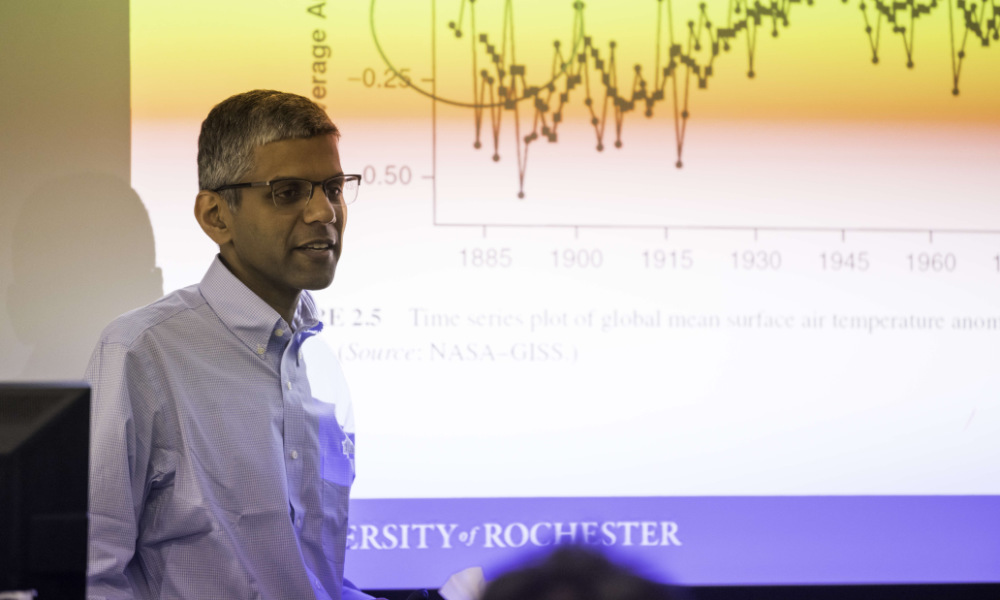 Ajay Anand: When learning data science, experience is the best teacher
Ajay Anand: When learning data science, experience is the best teacher
The deputy director of the Goergen Institute for Data Science has grown a capstone course that offers students hands-on projects with real data.
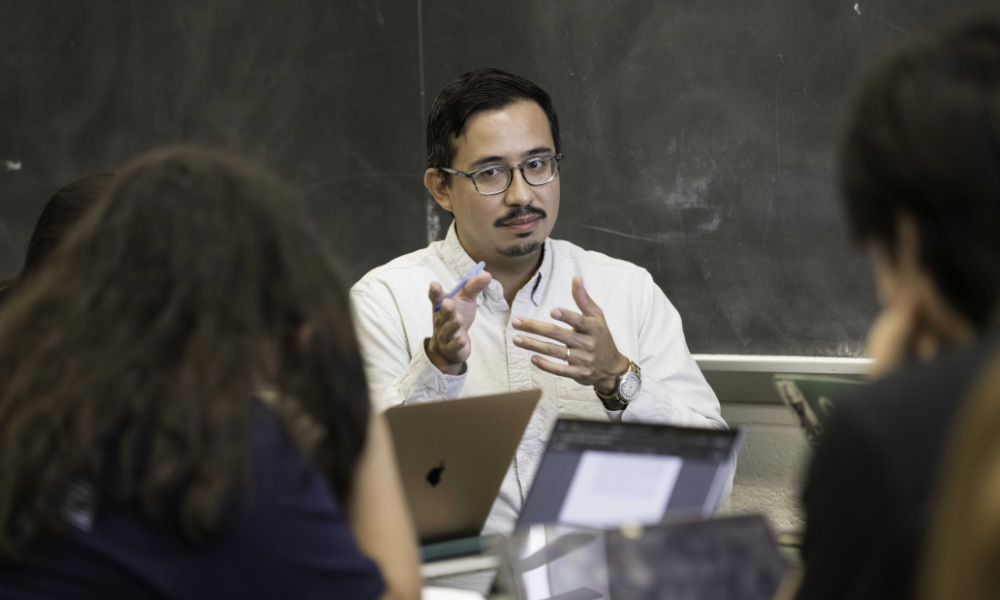 Pablo Sierra Silva: Using primary sources to immerse students in the past
Pablo Sierra Silva: Using primary sources to immerse students in the past
The history professor leads his class back in time to analyze events that shaped today’s world.

